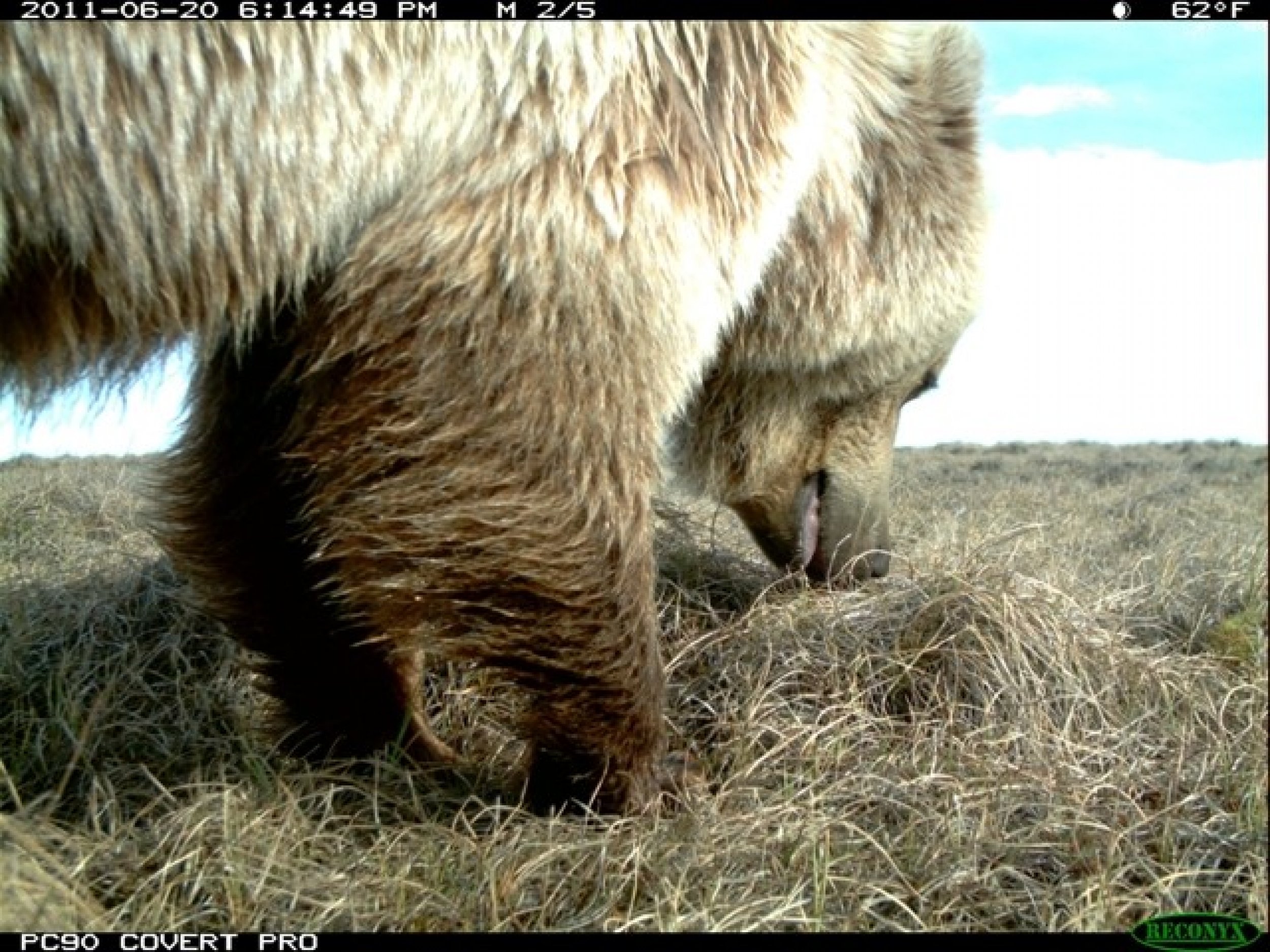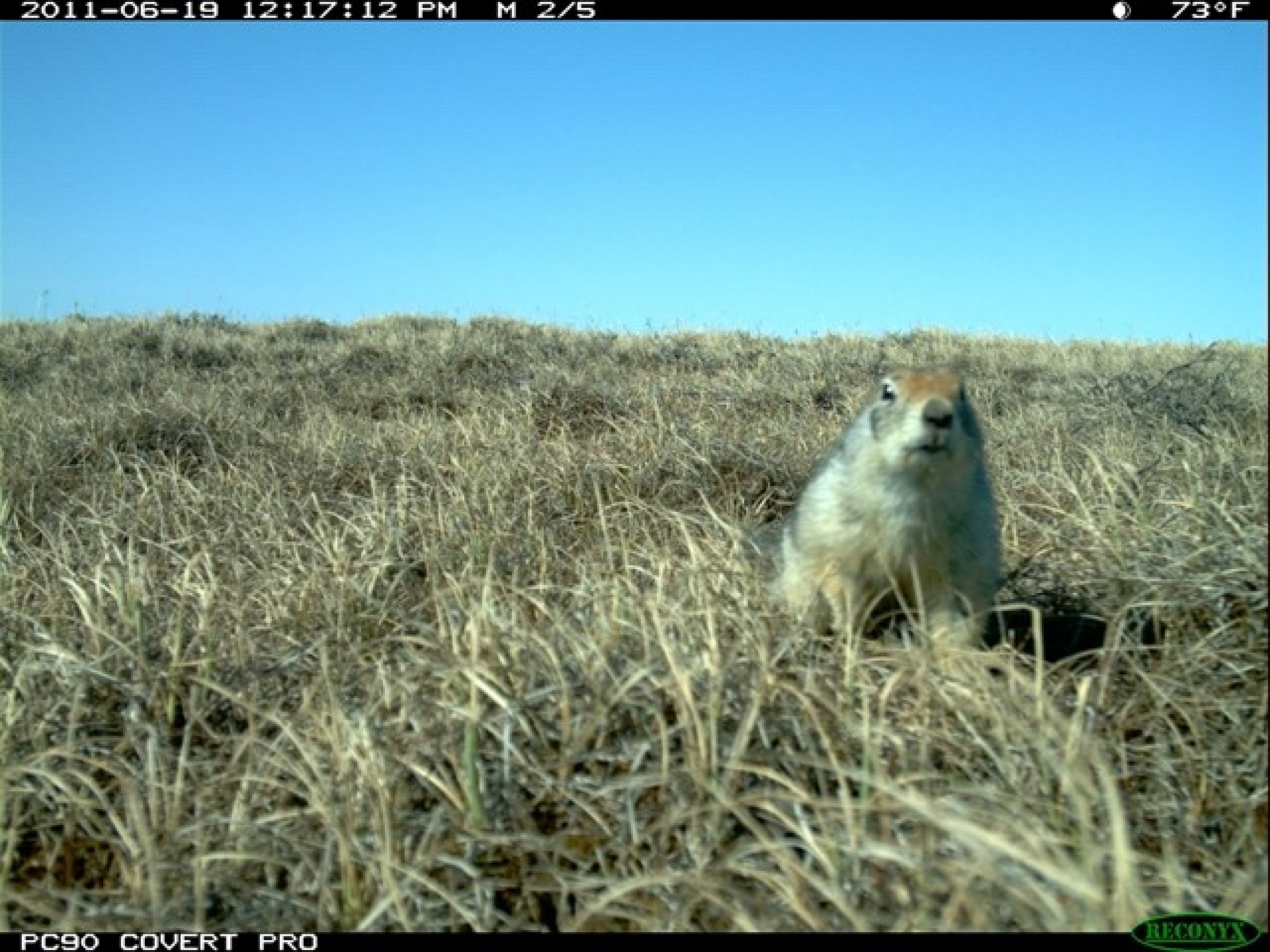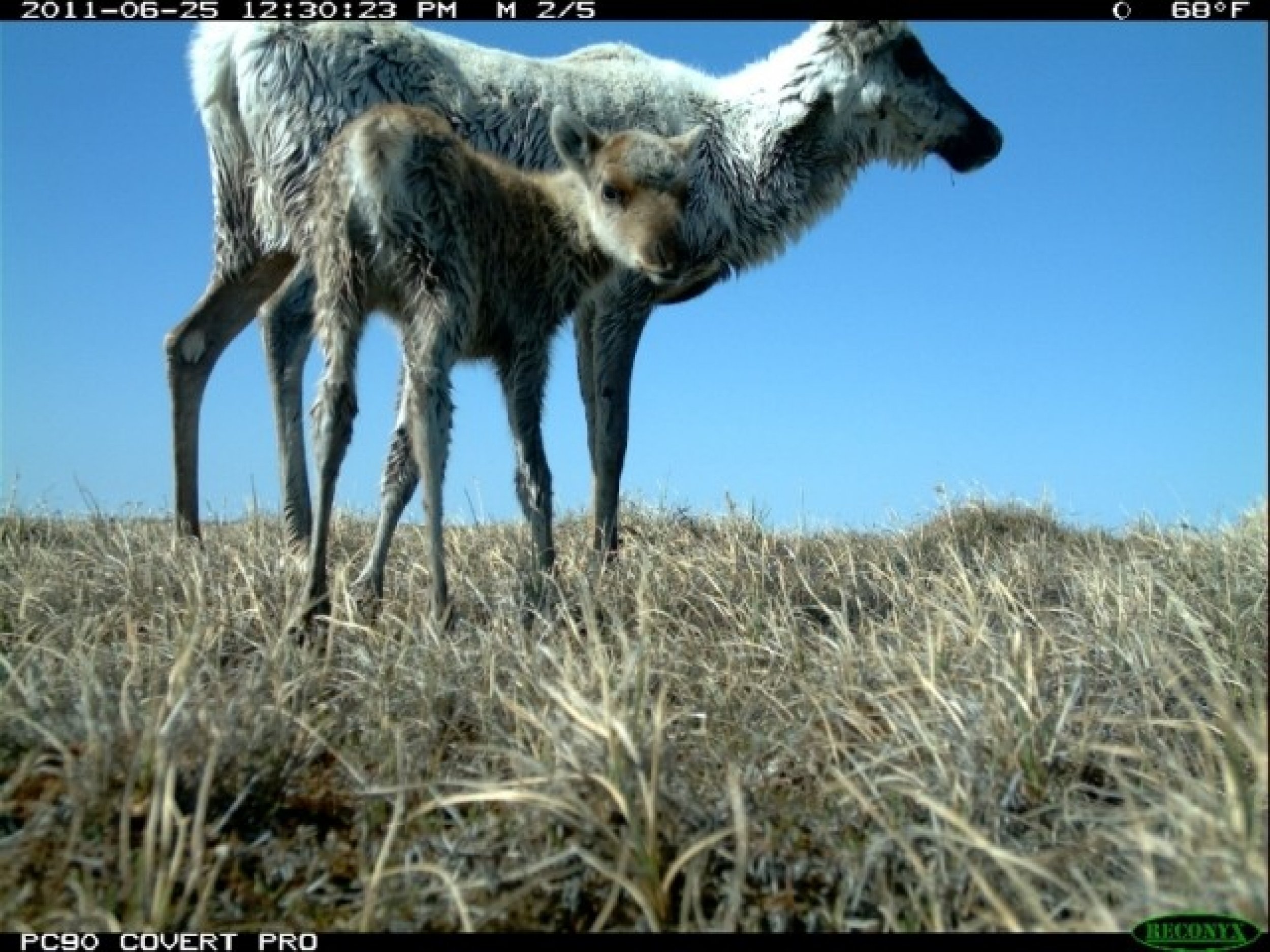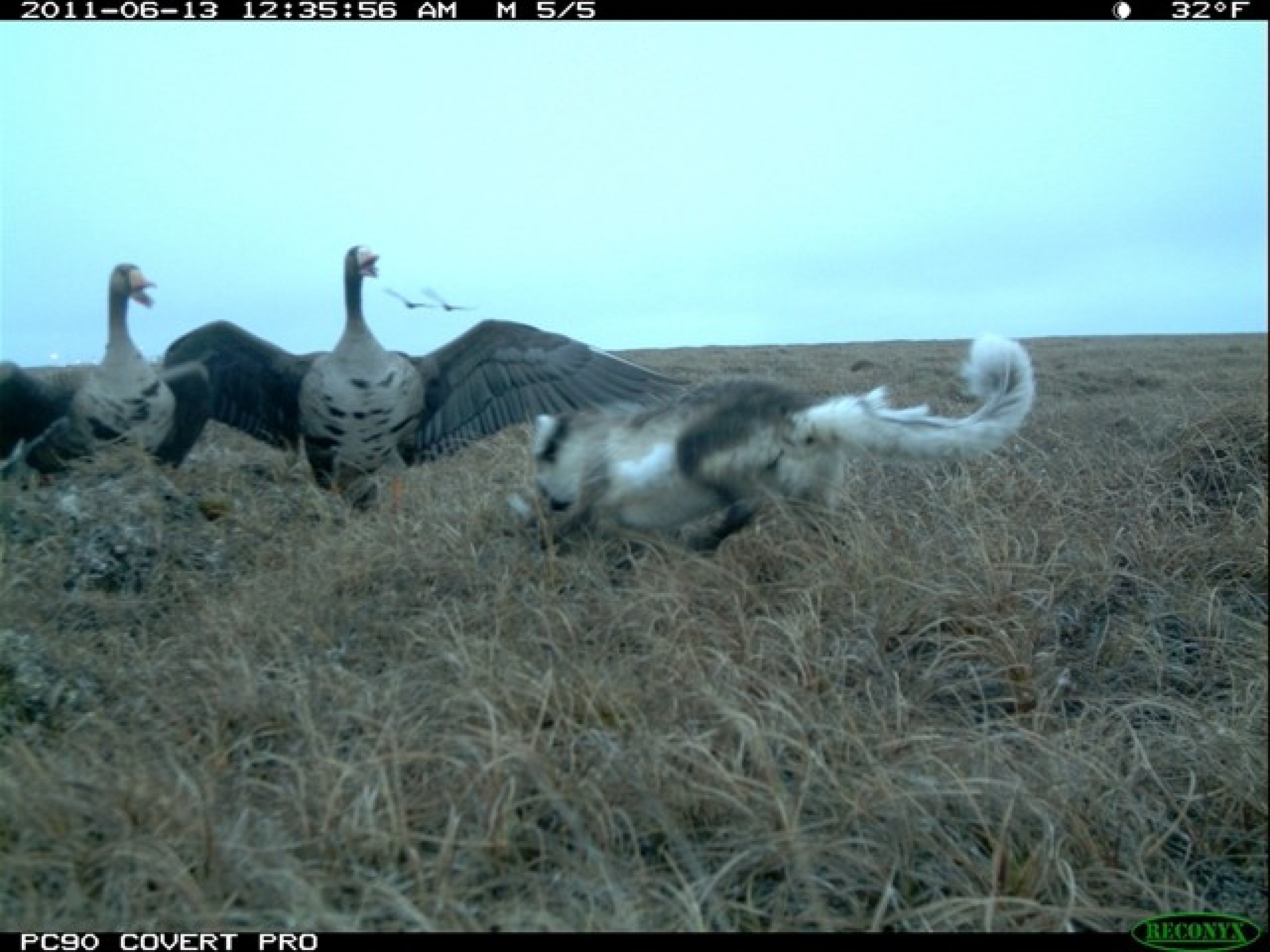Development Threatens Arctic Birds, Conservationists Say
Scientists caught predators in the act of raiding ground nests in the Arctic, graphically showing in a series of photographs released Wednesday how ground-nesting birds are threatened.
Biologists with the Wildlife Conservation Society argued that predators are finding new places to live in energy development projects.
WCS Scientist Joe Liebezeit said, The presence of people and structures enable these animals to live in areas that otherwise would not be preferred or suitable habitat, or to do so in greater numbers than would normally be the case. As a result, they have more access to the nests of migratory birds and can exploit a vulnerable food source.
For example, Arctic foxes den in culverts and under buildings in the oil fields-taking advantage of new-found homes that provide protective shelter for themselves and their young. Ravens, which rarely nest in the treeless Arctic opportunistically nest on towers, eaves of buildings, and other structures across the transformed landscape.
Pictures are worth a thousand words and these photos speak volumes regarding the changing conditions that threaten migratory birds coming to the Arctic to breed, said WCS North America Program Director Jodi Hilty. The photos are also a reminder of the value of undeveloped areas in the Arctic to birds from all over the world.





© Copyright IBTimes 2025. All rights reserved.





















